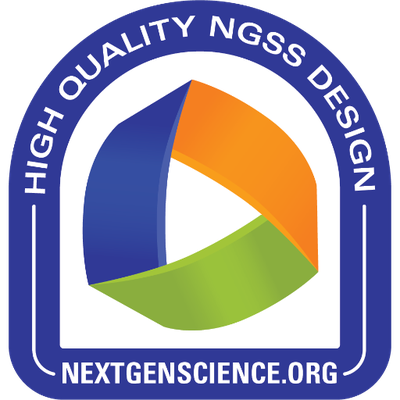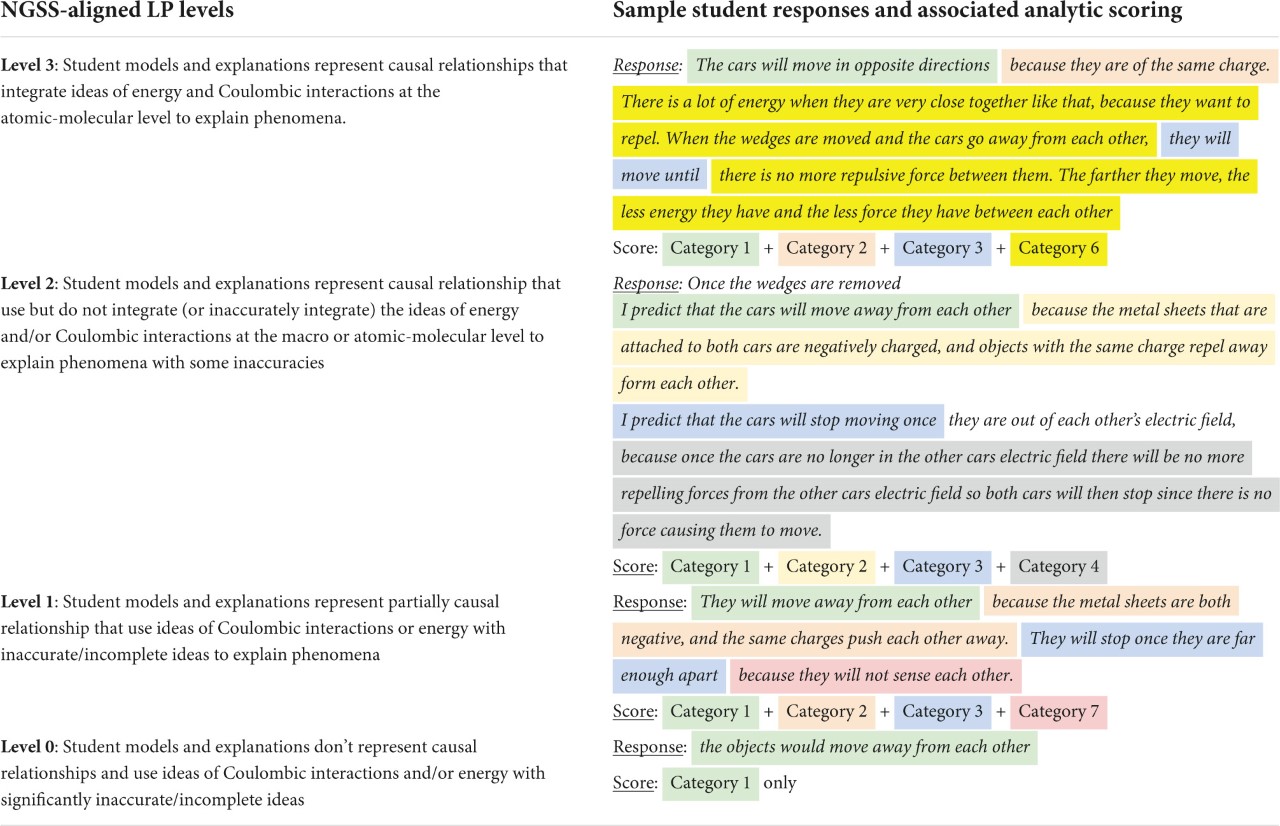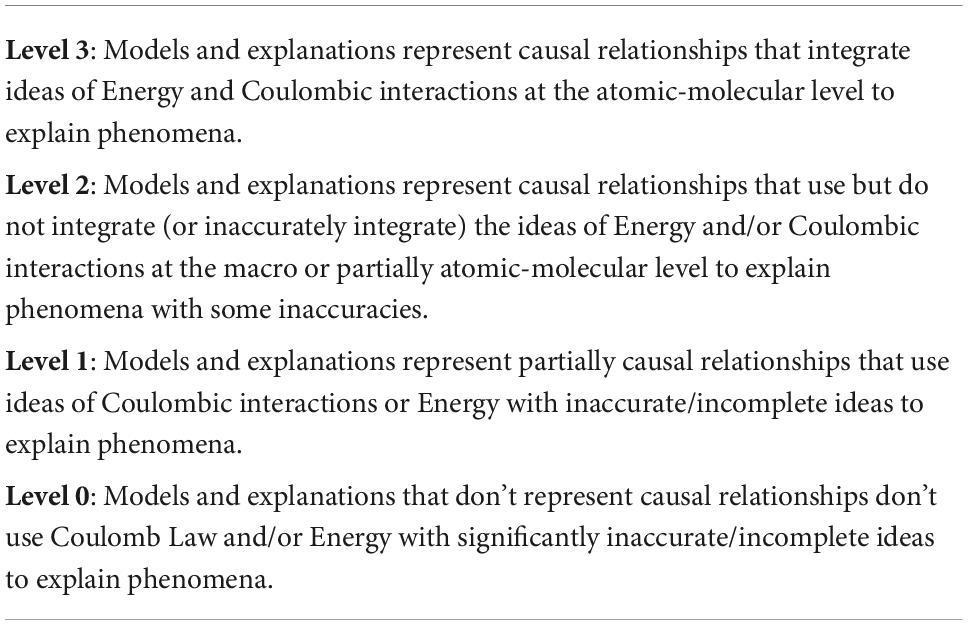This project builds off previous research in automatic text scoring and three dimensional (3D) learning progressions for high school science.
Research from automatic text scoring; Briefly, our developed tools apply techniques from artificial intelligence (AI), like natural language processing (NLP) and supervised machine learning (ML), to train a computer model to ‘score’ student constructed responses just like an expert would. Then these models can be used to classify additional student responses. Of course computers do not understand student writing like a human, but through AI computers can learn to identify and categorize writing like an expert would. Our tools use NLP to extract terms and phrases from student responses and use these as variables in ML classification algorithms. This forms the basis of the Constructed Response Classifier tool developed by the AACR research group in previous research studies. We plan to leverage this existing tool in this project by training it to recognize different 3D assessment tasks and student responses.





